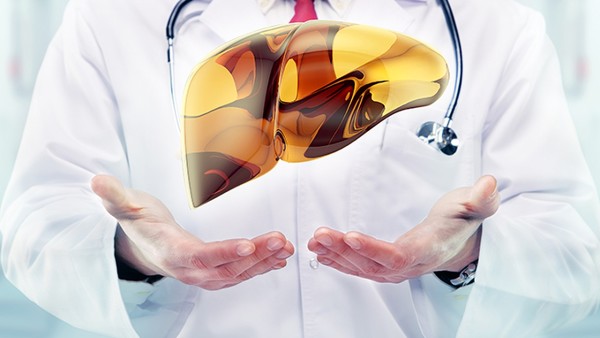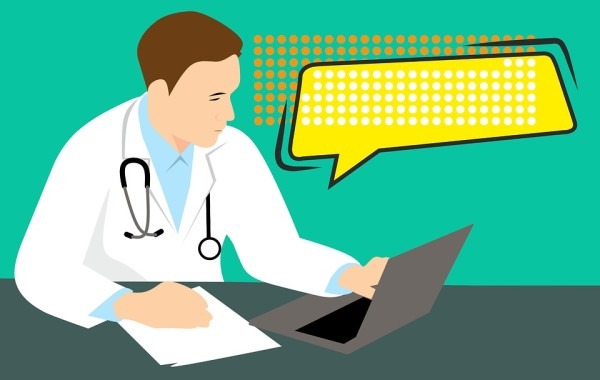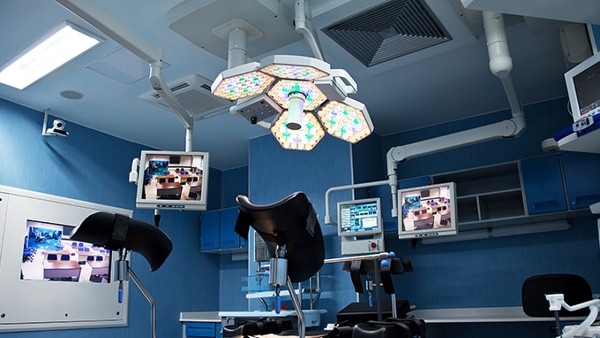The Differences Between Pervasive Developmental Disorders and Autism

Pervasive developmental disorders (PDDs) are a group of developmental disorders that affect a child's ability to communicate, interact with others, and behave appropriately. Autism is one of the most common PDDs, but there are several other types, including Asperger's syndrome, Rett syndrome, and childhood disintegrative disorder.
What are the symptoms of PDDs?
The symptoms of PDDs can vary depending on the type of disorder, but some common symptoms include:
Difficulty communicating
Difficulty interacting with others
Repetitive behaviors
Restricted interests
Sensory sensitivities
Social isolation
What are the causes of PDDs?
The exact cause of PDDs is unknown, but it is thought to be caused by a combination of genetic and environmental factors.
How are PDDs diagnosed?
PDDs are diagnosed by a doctor or mental health professional based on the child's symptoms. There is no single test for PDDs, and the diagnosis is usually made after a comprehensive evaluation that includes a physical exam, a psychological evaluation, and a review of the child's history.
How are PDDs treated?
There is no cure for PDDs, but there are a variety of treatments that can help to improve the symptoms. These treatments may include:
Speech therapy
Occupational therapy
Physical therapy
Social skills training
Medication
What is the prognosis for PDDs?
The prognosis for PDDs varies depending on the type of disorder and the severity of the symptoms. Some children with PDDs are able to live independently, while others may need lifelong support.
Autism
Autism is a PDD that is characterized by difficulty communicating, difficulty interacting with others, repetitive behaviors, and restricted interests. Autism is a spectrum disorder, which means that the symptoms can range from mild to severe.
What are the symptoms of autism?
The symptoms of autism can vary depending on the severity of the disorder, but some common symptoms include:
Difficulty communicating
Difficulty interacting with others
Repetitive behaviors
Restricted interests
Sensory sensitivities
Social isolation
What are the causes of autism?
The exact cause of autism is unknown, but it is thought to be caused by a combination of genetic and environmental factors.
How is autism diagnosed?
Autism is diagnosed by a doctor or mental health professional based on the child's symptoms. There is no single test for autism, and the diagnosis is usually made after a comprehensive evaluation that includes a physical exam, a psychological evaluation, and a review of the child's history.
How is autism treated?
There is no cure for autism, but there are a variety of treatments that can help to improve the symptoms. These treatments may include:
Speech therapy
Occupational therapy
Physical therapy
Social skills training
Medication
What is the prognosis for autism?
The prognosis for autism varies depending on the severity of the disorder. Some children with autism are able to live independently, while others may need lifelong support.
The above is all the content that the editor wants to share with you. I sincerely hope that these contents can bring some help to your life and health, and I also wish that your life will be happier and happier.
Tags: #between #pervasive #the- • How to differentiate between allergic rhinitis and a cold
- • The difference between buck teeth and rabbit teeth
- • How to differentiate between armpit sweat odor and body odor
- • The difference between constipation and wind, heat and cold
- • How to differentiate between ADHD children and naughty children
















